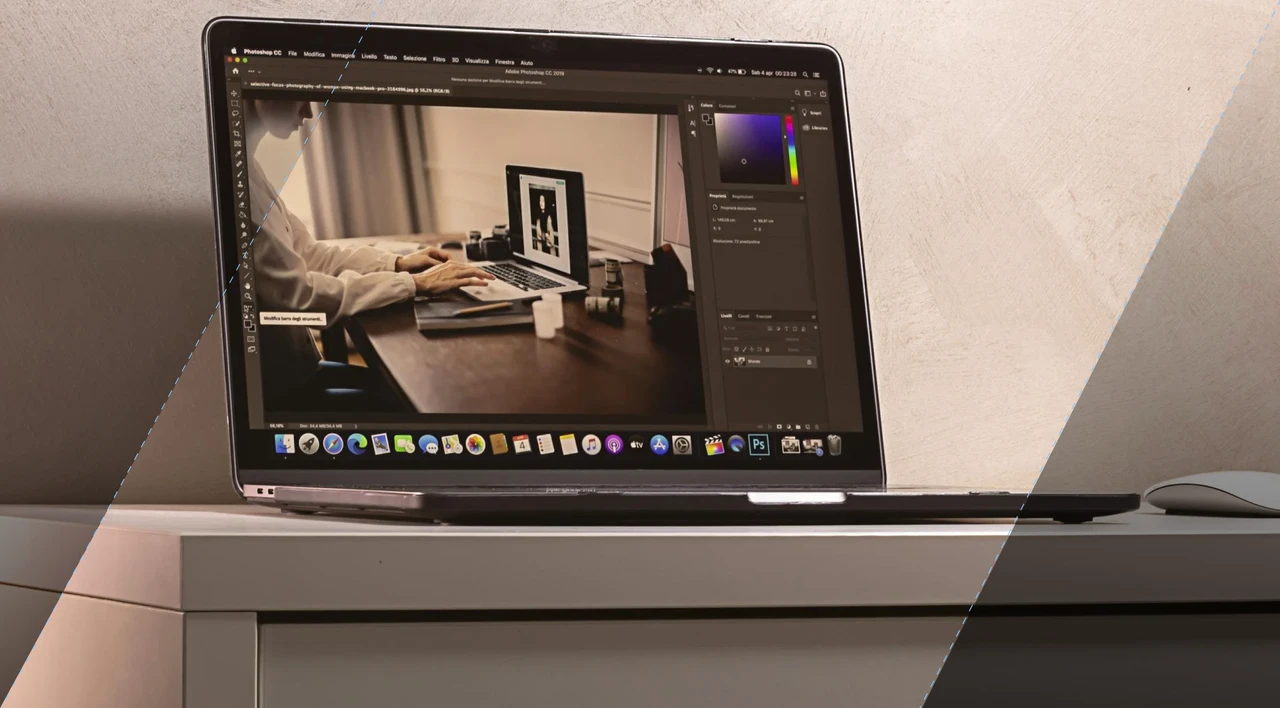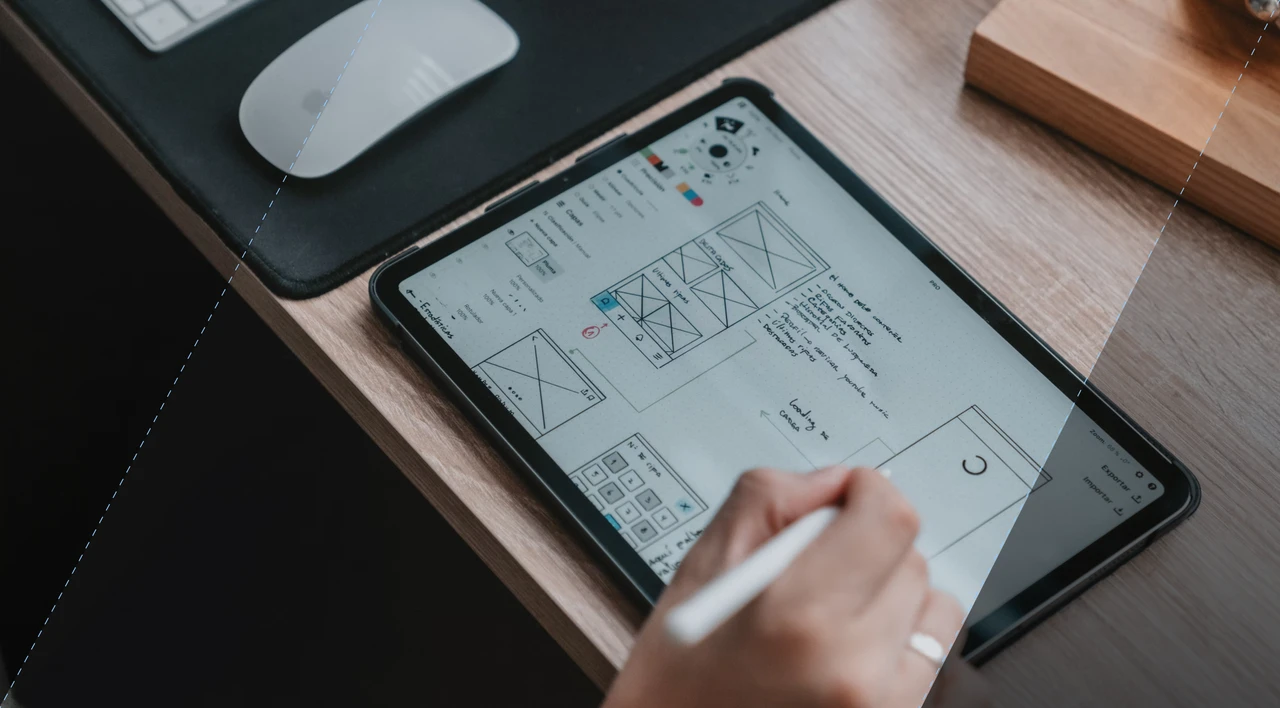SHARE
Exploring Between Subjects Design in Research

Contents
Contents
Are you curious about how researchers design and conduct their studies? Have you ever wondered how they ensure the validity and reliability of their findings? In this article, we will take you on a journey through the world of research design, specifically focusing on a widely used approach known as between subjects design. By the end, you’ll have a deeper understanding of the key characteristics and considerations in implementing this design and its role in shaping research outcomes.
Key Takeaways:
- Research design plays a crucial role in the methodology and outcomes of a study.
- Between subjects design involves assigning participants to different groups to compare the effects of the independent variable.
- Designing a between subjects study involves careful sample selection and random assignment.
What Is a Between Subjects Design?
In research, the design of a study plays a crucial role in determining its outcomes and validity. Among the various types of research designs, a between subjects design is commonly used to investigate the effects of independent variables on different groups of participants. This design involves assigning participants to different groups, with each group experiencing a different level of the independent variable.
Defining Between Subjects Design
Between subjects design, also known as independent groups design or comparative research design, is a research methodology that involves comparing groups of participants who experience different conditions or treatments. In this design, each group represents a different level of the independent variable, allowing researchers to examine the effect of the independent variable on the dependent variable.
The key characteristic of between subjects design is the random assignment of participants to different groups. Random assignment ensures that each participant has an equal chance of being assigned to any of the groups, reducing the potential for bias in group formation. This random allocation helps to establish experimental control, ensuring that any observed differences between groups can be attributed to the independent variable rather than other factors.
Key Characteristics of Between Subjects Design
- Independent Groups: Between subjects design involves using independent groups, with each group representing a specific condition or treatment level. This allows researchers to compare the effects of different conditions on the dependent variable.
- Group Differences: One of the main objectives of between subjects design is to assess group differences. By assigning participants to different groups, researchers can examine how the independent variable influences the dependent variable and whether there are significant variations between the groups.
- External Validity: Between subjects design aims to enhance external validity, which refers to the generalizability of research findings to the broader population. By using independent groups and random assignment, researchers can increase the likelihood that study results can be applied to real-world situations.
By understanding these key characteristics of between subjects design, researchers can effectively plan and implement their studies to obtain reliable and valid results. This design provides insights into the impact of independent variables on different groups, enhancing our understanding of causal relationships and contributing to scientific knowledge.
Implementing Between Subjects Design
When conducting research studies, implementing a between subjects design requires careful consideration of several practical aspects. The design of a between subjects study involves defining variables and establishing control to ensure accurate and reliable results. Here, we will explore the key steps involved in designing a between subjects study and discuss the importance of variables and control in this research design.
Designing a Between Subjects Study
Designing a between subjects study involves several critical considerations that shape the research methodology. One essential step is sample selection, where researchers carefully choose participants to represent the target population. Randomization plays a crucial role in assigning participants to different groups, ensuring that each group is representative and unbiased.
To minimize potential biases and counterbalance the effects of extraneous variables, researchers employ counterbalancing techniques. Counterbalancing refers to systematically varying the order of treatments or conditions across participants, reducing the impact of any order effects on the study’s outcomes.
Variables and Control in Between Subjects Design
Variables play a central role in between subjects design, allowing researchers to measure and analyze the effects of the independent variable on the dependent variable. The independent variable is manipulated by the researcher, while the dependent variable is the outcome or response that is measured. These variables are crucial in understanding the relationship between them and investigating the research question.
Establishing control is vital in between subjects design to ensure the validity of research findings. Controlling extraneous variables helps to isolate the effects of the independent variable and minimize any other factors that could influence the dependent variable. By carefully controlling these variables, researchers can confidently attribute any observed differences in the dependent variable to the manipulation of the independent variable.
The significance of study design
The study design is a critical factor in the success of a research study. A well-designed between subjects design allows researchers to effectively address their research objectives and draw valid conclusions from their findings. By considering sample selection, randomization, counterbalancing, and control of variables, researchers can optimize the study design and ensure the reliability of their results.
|
Key Considerations |
Actions |
|
Sample Selection |
Choose participants that represent the target population and ensure unbiased representation through randomization. |
|
Randomization |
Randomly assign participants to different groups to eliminate bias and ensure each group’s comparability. |
|
Counterbalancing |
Employ counterbalancing techniques to minimize potential order effects and biases in the study design. |
|
Variables |
Define and measure the independent and dependent variables, allowing for a clear understanding of their relationship. |
|
Control |
Establish control over extraneous variables to isolate the effects of the independent variable on the dependent variable. |
By carefully considering these key aspects and implementing them in the study design, researchers can confidently use between subjects design in their research studies and effectively explore the relationship between variables.
Between Subjects Design Examples
Case Study 1: Application in Psychology
One compelling example of between subjects design in action is its application in psychology research. In this case study, researchers utilize experimental manipulation to study the effects of a treatment on a group of participants in comparison to a control group. By employing between subjects design, researchers can gain valuable insights into human behavior and the impacts of specific interventions.
Case Study 2: Use in Marketing Research
Another noteworthy case study involves the use of between subjects design in marketing research. Researchers adopt this design to investigate market segmentation and gain a deeper understanding of consumer preferences. Additionally, between subjects design is commonly employed in product testing, enabling researchers to evaluate consumer responses accurately, ensuring that marketing strategies and product designs align with consumer expectations.
Case Study 3: Between Subjects Design in UX Studies
Between subjects design plays a vital role in UX (User Experience) studies. Researchers utilize this design to conduct user testing and gather valuable feedback on interface design. By employing between subjects design, researchers can analyze and compare user preferences, behaviors, and experiences, ultimately optimizing the user interface to provide a more satisfying and intuitive user experience.
|
Case Study |
Field |
Application |
|
Case Study 1 |
Psychology |
Studying human behavior through experimental manipulation |
|
Case Study 2 |
Marketing Research |
Investigating market segmentation and consumer preferences |
|
Case Study 3 |
UX Studies |
Evaluating user experience and interface design |
Advantages and Challenges of Between Subjects Design
When it comes to research studies, between subjects design offers several advantages and presents unique challenges. Understanding these pros and cons is essential for researchers to make informed decisions about their study design. Let’s explore the benefits and considerations of using between subjects design.
Pros of Between Subjects Design
One of the key advantages of between subjects design is its ability to minimize carryover effects. By assigning participants to different groups, each exposed to a different level of the independent variable, researchers can ensure that previous treatments or conditions do not influence subsequent responses. This allows for more accurate and reliable results.
Another benefit of between subjects design is the opportunity to optimize experimental control. By using independent groups, researchers can compare the effects of different treatment conditions and evaluate their influence. This control over experimental conditions enhances the internal validity of the study.
Additionally, between subjects design is known for its ability to improve external validity. By utilizing a larger sample size and studying multiple groups independently, researchers can generalize their findings to a broader population. This enhances the generalizability and practical applicability of the research outcomes.
Cons and Considerations in Using Between Subjects Design
One challenge of utilizing between subjects design is the need for a larger sample size compared to other research designs. This is necessary to achieve statistical power and obtain reliable results. Researchers must allocate sufficient resources to recruit and retain a larger number of participants, which can be time-consuming and costly.
Another consideration in using between subjects design is the potential presence of confounding variables. These variables can inadvertently influence the outcomes of the study, leading to biased results. Researchers need to carefully control and account for confounding factors to ensure the validity and accuracy of their findings.
It is important to note that between subjects design has limitations in terms of controlling carryover effects and achieving complete separation between treatment groups. While it minimizes these effects compared to other designs, carryover effects may still be present in certain circumstances. Researchers should be aware of this limitation when interpreting their results.
Overall, between subjects design offers numerous benefits while posing certain challenges. By understanding the pros and cons of this research design, researchers can make informed decisions that optimize the validity and applicability of their study outcomes.
Comparing Between and Within Subjects Designs
In this section, we will compare between subjects design with within subjects design. We will highlight the key differences between these two designs, including the use of different participant assignment methods and the implications for statistical analysis. We will also discuss when to use each design based on the research objectives and potential limitations.
Key Differences and When to Use Each
When conducting research studies, researchers have the option to choose between subjects design or within subjects design. It is essential to understand the key differences between these two designs and consider the research objectives to determine which approach is most suitable.
Participant Assignment: In between subjects design, participants are randomly assigned to different groups, and each group is exposed to a different level of the independent variable. On the other hand, within subjects design involves using the same group of participants who experience all levels of the independent variable.
|
Between Subjects Design |
Within Subjects Design |
|
Random assignment to different groups |
The same group experiences all levels of the independent variable |
Statistical Analysis: The choice between between subjects design and within subjects design also affects the statistical analysis. Between subjects design typically requires comparing group means using inferential statistics like t-tests or ANOVA. In contrast, within subjects design commonly utilizes repeated measures analysis, which compares the scores of participants within the same group across different levels of the independent variable.
Research Objectives: The research objectives play a crucial role in determining whether to use between subjects design or within subjects design. Between subjects design is ideal when comparing different groups or treatment conditions, while within subjects design is suitable when investigating individual-level changes or measuring the effects of multiple levels of an independent variable on the same participants.
Potential Limitations: Both between subjects design and within subjects design have limitations that researchers should consider. Between subjects design may require a larger sample size to achieve sufficient statistical power. It is also susceptible to confounding variables that may influence group differences. Within subjects design, on the other hand, may be subjected to carryover effects and demand characteristics, where participants may alter their behavior based on the order or conditions of the study.
Ultimately, the choice between between subjects design and within subjects design depends on the research objectives, participant assignment methods, statistical analysis requirements, and potential limitations. Researchers must carefully consider these factors to ensure the appropriate design is employed to answer their research questions effectively.
Conclusion
Research design plays a critical role in the success of any study. In this article, we explored the concept of between subjects design and its significance in research methodology. We defined between subjects design as a research approach that involves assigning participants to different groups to compare the effects of independent variables.
Key characteristics of between subjects design include the use of independent groups, allowing for the comparison of different treatment conditions, and the emphasis on experimental control and random assignment. By implementing between subjects design, researchers can enhance the external validity of their findings and make more accurate conclusions.
Although between subjects design brings numerous advantages such as minimizing carryover effects and optimizing control, it also presents challenges. Researchers often face the need for larger sample sizes, along with potential confounding variables that may impact the study outcomes. It is crucial to carefully consider these factors when choosing a research design.
In summary, between subjects design offers researchers a valuable approach to studying variables and making comparisons. By understanding the key features of between subjects design and considering its advantages and challenges, researchers can make informed decisions in shaping their research outcomes.
Frequently Asked Questions
What is research design?
Research design refers to the overall plan or structure that guides a research study. It outlines the methodology, procedures, and techniques that will be used to collect and analyze data, providing a framework for the study’s objectives.
What is a between subjects design?
A between subjects design is a type of experimental design where participants are assigned to different groups, with each group experiencing a different level of the independent variable. This design allows for the comparison of different treatment conditions and the examination of group differences.
What are the key characteristics of between subjects design?
The key characteristics of between subjects design include the use of independent groups, which ensures that different participants experience different treatment conditions. This design also emphasizes experimental control and random assignment to enhance external validity.
How do you implement a between subjects design?
Implementing a between subjects design involves defining variables, establishing control, and selecting samples. It also requires random assignment of participants to different groups and the consideration of counterbalancing techniques to minimize biases.
UI/UX Design Services
UI/UX design services tailored for your unique needs.
Get the CEO's Take
Handpicked tech insights and trends from our CEO.
UI/UX Design Services
UI/UX design services tailored for your unique needs.
Get the CEO's Take
Handpicked tech insights and trends from our CEO.

Digital Product Development: Enhance Your Business Offerings
Flatirons Development
Sep 12, 2025
Utilizing Critical Incident Technique for Qualitative Research in UX Design
Flatirons Development
Aug 03, 2025
Light Mode vs Dark Mode: Which One is Better for You?
Flatirons Development
Jan 04, 2025
Top UI/UX Design Companies in California for 2026
Flatirons Development
Nov 30, 2024
Learn the Essentials of Digital Product Design
Flatirons Development
Nov 26, 2024
Top UI/UX Design Companies in Colorado for 2026
Flatirons Development
Nov 12, 2024
Digital Product Development: Enhance Your Business Offerings
Flatirons Development
Sep 12, 2025
Utilizing Critical Incident Technique for Qualitative Research in UX Design
Flatirons Development
Aug 03, 2025
Light Mode vs Dark Mode: Which One is Better for You?
Flatirons Development
Jan 04, 2025
Digital Product Development: Enhance Your Business Offerings
Flatirons Development
Sep 12, 2025
Utilizing Critical Incident Technique for Qualitative Research in UX Design
Flatirons Development
Aug 03, 2025
Light Mode vs Dark Mode: Which One is Better for You?
Flatirons Development
Jan 04, 2025
Digital Product Development: Enhance Your Business Offerings
Flatirons Development
Sep 12, 2025
Utilizing Critical Incident Technique for Qualitative Research in UX Design
Flatirons Development
Aug 03, 2025
Light Mode vs Dark Mode: Which One is Better for You?
Flatirons Development
Jan 04, 2025